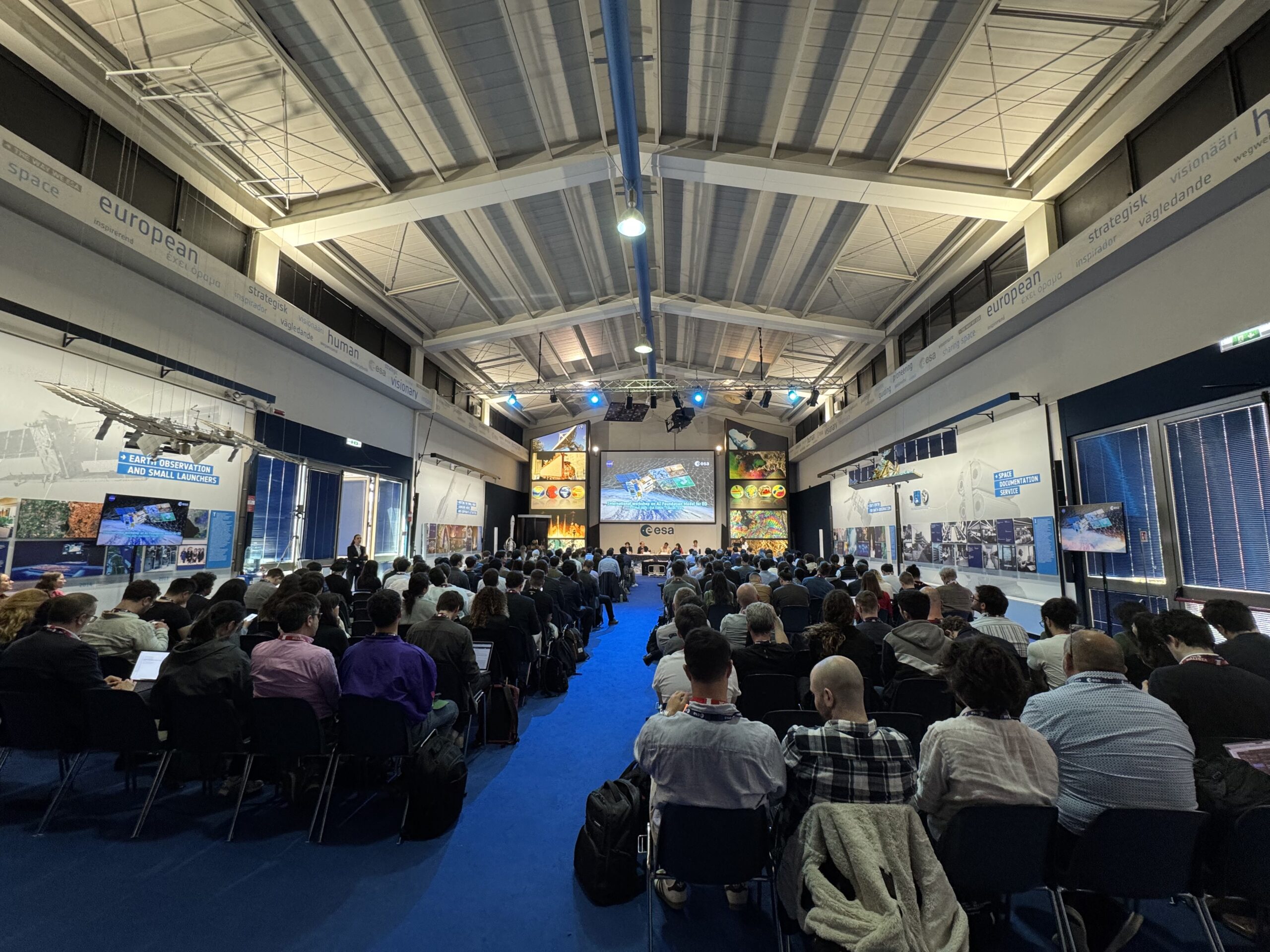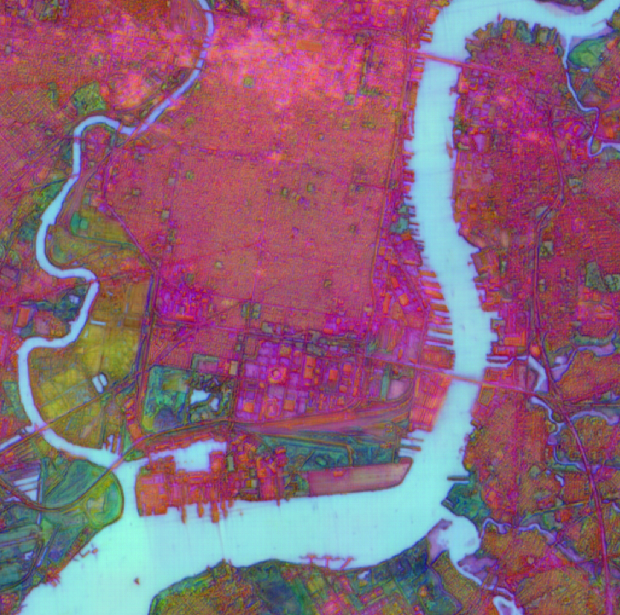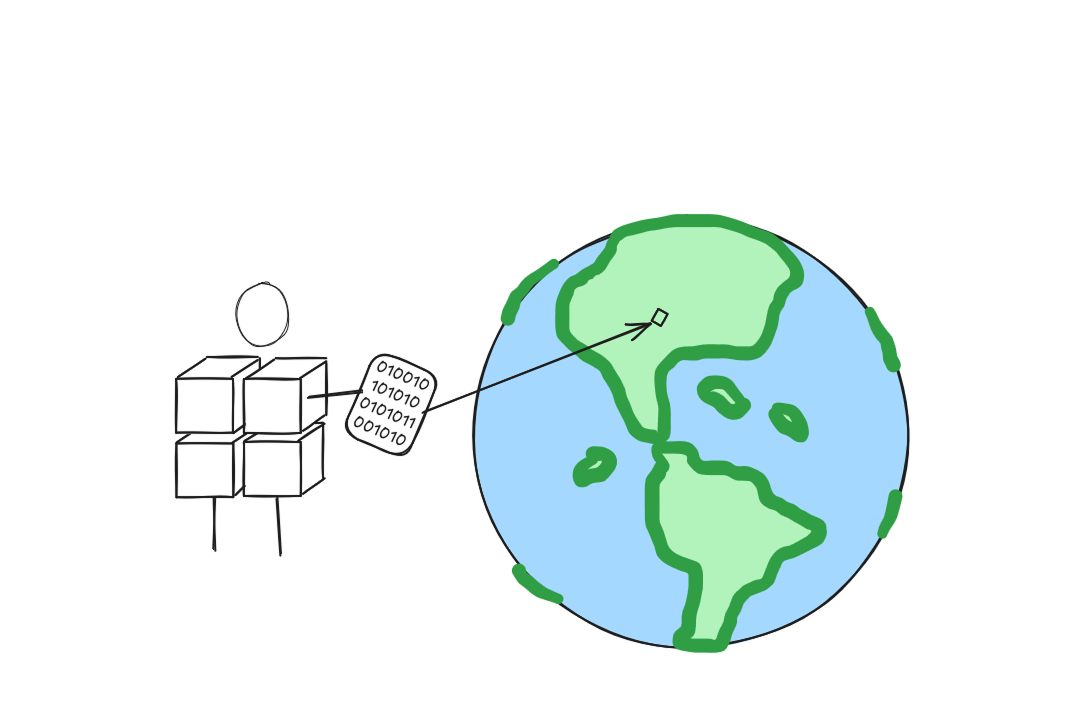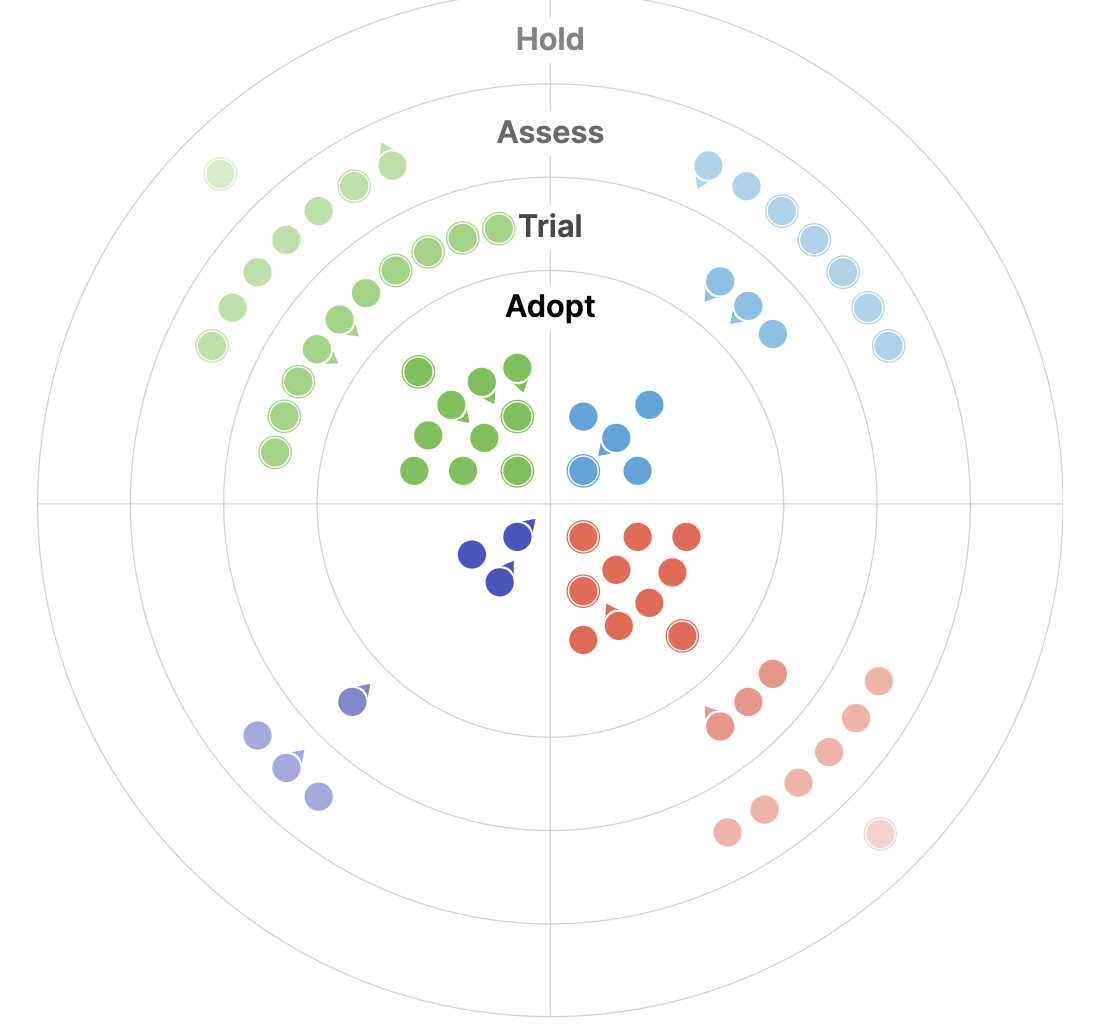Geospatial
<- Return to all blogs
-
STAC: A Retrospective, Part 2 (Why STAC was Successful)
In Part 1 of this series we covered the origin story of STAC, exploring the history and the initial sprints that created the spec. Now, it’s time to cover the how and the why of its success.

-
Perceived Gaps in Earth Observation
At Element 84, our team looks forward to the Spring season and the return of a busy conference schedule every year. Our time attending, presenting, and learning at conferences helps us to feel connected and plugged into trends in the geospatial industry and beyond. It also allows us to receive feedback on our team’s latest…

-
Zarr + STAC
As part of our work writing a STAC + Zarr Report for the Cloud Optimized Geospatial Formats Guide our team is exploring the partially overlapping goals of STAC and Zarr and offering suggestions for how to use them together. This effort is particularly relevant currently due to several recent developments in the space that we…

-
The State of Geospatial AI Heading into 2025
For the second year in a row, I spent the week after Thanksgiving in Las Vegas, immersed in AWS re:Invent. Last year’s conference left me energized and inspired— geospatial AI was just beginning to emerge as a transformative force. This year, as anticipated, AI took center stage, with a wealth of sessions dedicated to its…

-
STAPI Sprint #4: Interoperability for Satellite Data Ordering
During our most recent STAPI sprint we brought together attendees from across the geospatial industry to discuss interoperability for satellite data ordering.

-
Updating our Geospatial Technology Radar for 2024
We introduce the second iteration of our geospatial technology radar, which is designed as a resource for the community to outline impactful technologies in the space.



